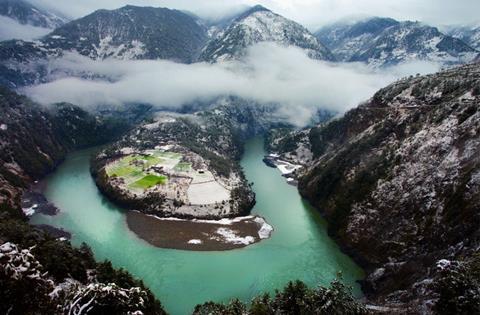Researchers from Beijing Normal University have conducted a study entitled “Unveiling the effects of two distinct microplastics on the sediment microbial community and greenhouse gas emissions: a case study of the Nu River”. This study was published in Frontiers of Environmental Science & Engineering, Volume 19, Issue 6.

Microplastics (MPs) in river ecosystems significantly affect sediment microbial communities and biogeochemical cycling. However, the specific microbial responses to distinct MPs and their subsequent effects on greenhouse gas (GHG) emissions remain poorly understood.
READ MORE: Climate change is turning coastal lagoons into ‘salty soup’
In this study, the effects of conventional polyvinyl chloride (PVC) and biodegradable polylactic acid (PLA) on sediment microbial communities and GHG emissions were compared. Both PVC and PLA increased sediment total organic carbon (STOC) by 31.3% and 36.7%, respectively, leading to an increase in sediment bacterial abundance.
Bacterial richness
Notably, compared with PLA, PVC reduced bacterial richness more significantly. Community composition and FAPROTAX function prediction analysis revealed that PVC-enriched taxa involved in nitrate reduction (e.g., Desulfuromonas, Hydrogenophage, Azospira) resulted in a significant decrease in NO3− contents.
In contrast, PLA increased the abundance of microorganisms associated with organic matter degradation (Chitinophagaceae, Comamonadaceae, and Caulobacteraceae). Both PVC and PLA significantly reduced the relative abundance of the mcrA gene, leading to decreased CH4 fluxes, likely due to competition from enriched acetate-utilizing bacteria (Desulfuromonas, Pseudomonas, and Azospira).
Additionally, PLA significantly reduced the abundance of the nirK gene. This study systematically elucidates the differential effects of PVC and PLA on microbial community structure and GHG emissions, providing new insights into the ecological impacts of MPs.
For more detailed information, the full paper is available at: https://journal.hep.com.cn/fese/EN/10.1007/s11783-025-1992-9.







No comments yet